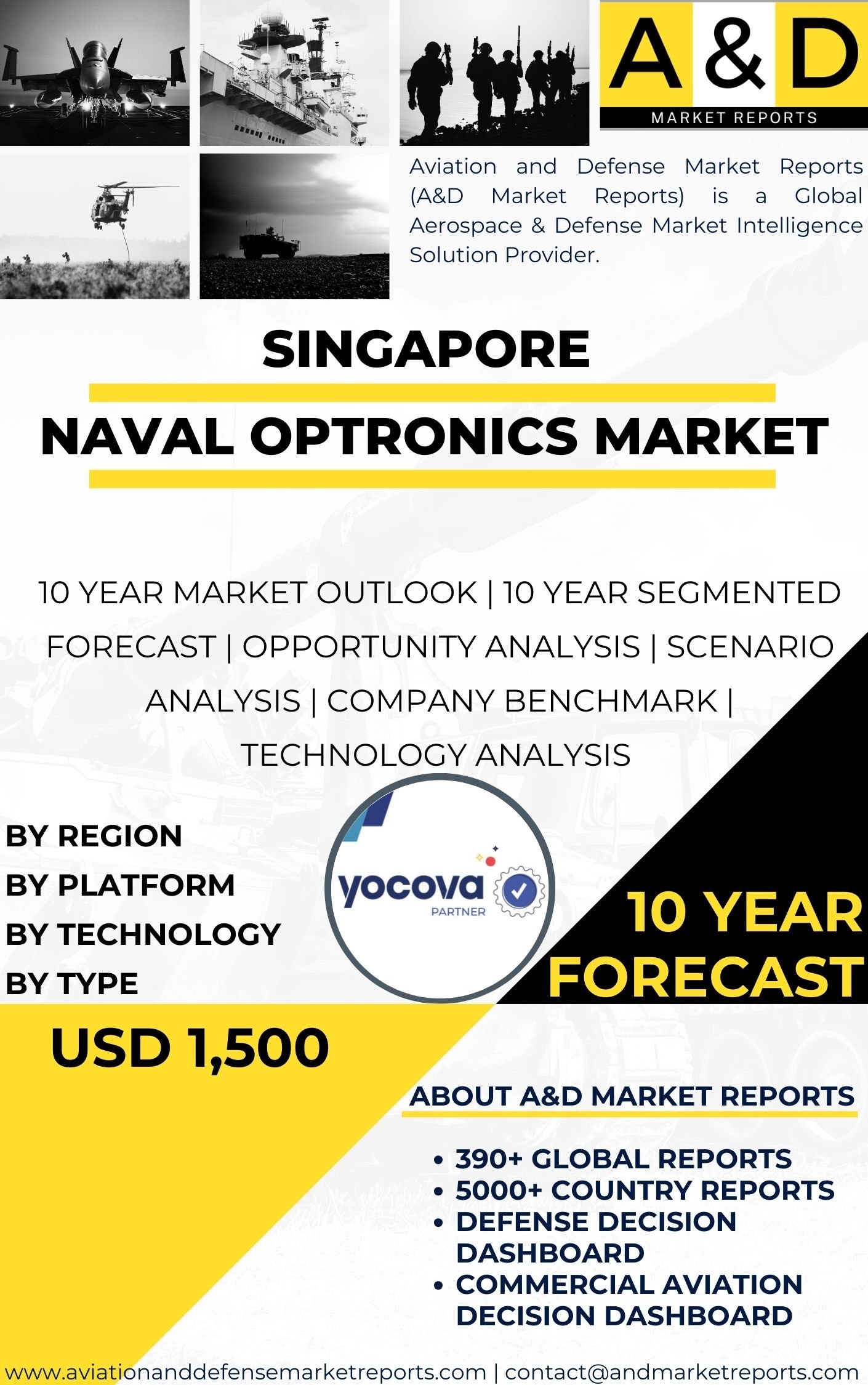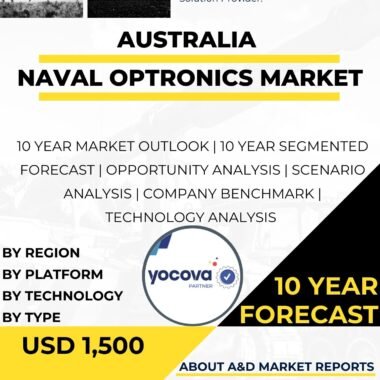Description
The naval optronics market in Singapore is a vital segment of the country’s defense and maritime security landscape, reflecting the nation’s strategic emphasis on advanced technology for naval warfare and maritime situational awareness. Naval optronics involves the use of integrated optical and electronic systems that enhance the capabilities of naval vessels through superior surveillance, target acquisition, threat detection, and navigational support. These systems combine technologies such as electro-optical sensors, infrared cameras, laser rangefinders, thermal imagers, and night vision devices, all designed to operate efficiently in diverse environmental conditions, including low visibility, adverse weather, and nighttime operations.
Singapore’s geographic position as a global maritime hub and its dense, strategically significant waters make advanced naval optronic systems essential for maintaining security and dominance in regional waters. The country’s naval forces prioritize systems that provide high-resolution, long-range, and multi-spectral sensing capabilities to address asymmetric threats, counter-piracy, smuggling, and territorial surveillance challenges common in its littoral zones. These technologies facilitate persistent surveillance and rapid threat identification, which are critical for the complex maritime environment Singapore faces.
The trend in naval optronics in Singapore mirrors global advancements, with a focus on integrating artificial intelligence and machine learning to augment sensor capabilities. These improvements help automate target recognition and anomaly detection, reducing operator workload while increasing responsiveness and accuracy. Modular designs have gained traction, enabling seamless integration of optronic systems with other naval technologies such as radar, sonar, and electronic warfare systems. Enhanced stabilization mechanisms ensure image clarity in rough sea conditions, and secure, high-bandwidth data links support real-time information sharing across naval platforms. The miniaturization of components has also enabled deployment on unmanned surface and underwater vehicles, broadening the scope of naval operations with autonomous and remotely operated platforms.
Singapore?s naval optronics market is influenced by the country’s defense posture, which emphasizes innovation, modernization, and capability enhancement. The government invests significantly in indigenous research and development as well as international collaborations to acquire state-of-the-art technologies. This approach supports the continuous upgrading of naval assets with advanced optronic systems that strengthen patrol, reconnaissance, and defense capabilities. The demand for multi-functional systems that support both surveillance and target engagement is growing in response to rising regional maritime disputes and the variety of unconventional threats in Southeast Asia?s waters.
Moreover, Singapore’s naval optronics systems are pivotal in non-combat roles such as maritime search and rescue, environmental monitoring, and humanitarian assistance, reflecting a broad operational mandate. The multi-use capability of these technologies adds value by enhancing the versatility and interoperability of naval assets within regional security frameworks and allied operations.
The market also sees active involvement from key global and regional defense contractors supplying cutting-edge optronic technologies tailored to the specific maritime challenges faced by Singapore. These include provider systems that offer panoramic panoramic observation, precision targeting, and navigation solutions integrated into littoral combat vessels, patrol boats, and underwater vehicles. Strengthened by regional collaboration and joint exercises, Singapore leverages its optronics capabilities to maintain maritime domain awareness and uphold security in its surrounding seas.
In summary, the naval optronics market in Singapore is characterized by its strategic integration of advanced sensor technologies, high levels of innovation, and responsiveness to a complex threat environment. The market continues to evolve driven by the need for enhanced maritime situational awareness, stealthy detection capabilities, and autonomous operation platforms, all orchestrated within Singapore?s broader defense and technology development agenda. This aligns with global trends in naval warfare technology, underscoring Singapore’s commitment to maintaining a technologically superior naval force well-prepared for diverse maritime security challenges. This comprehensive commitment to naval optronics ensures Singapore remains a pivotal player in regional maritime security and technological advancement in naval defense.




